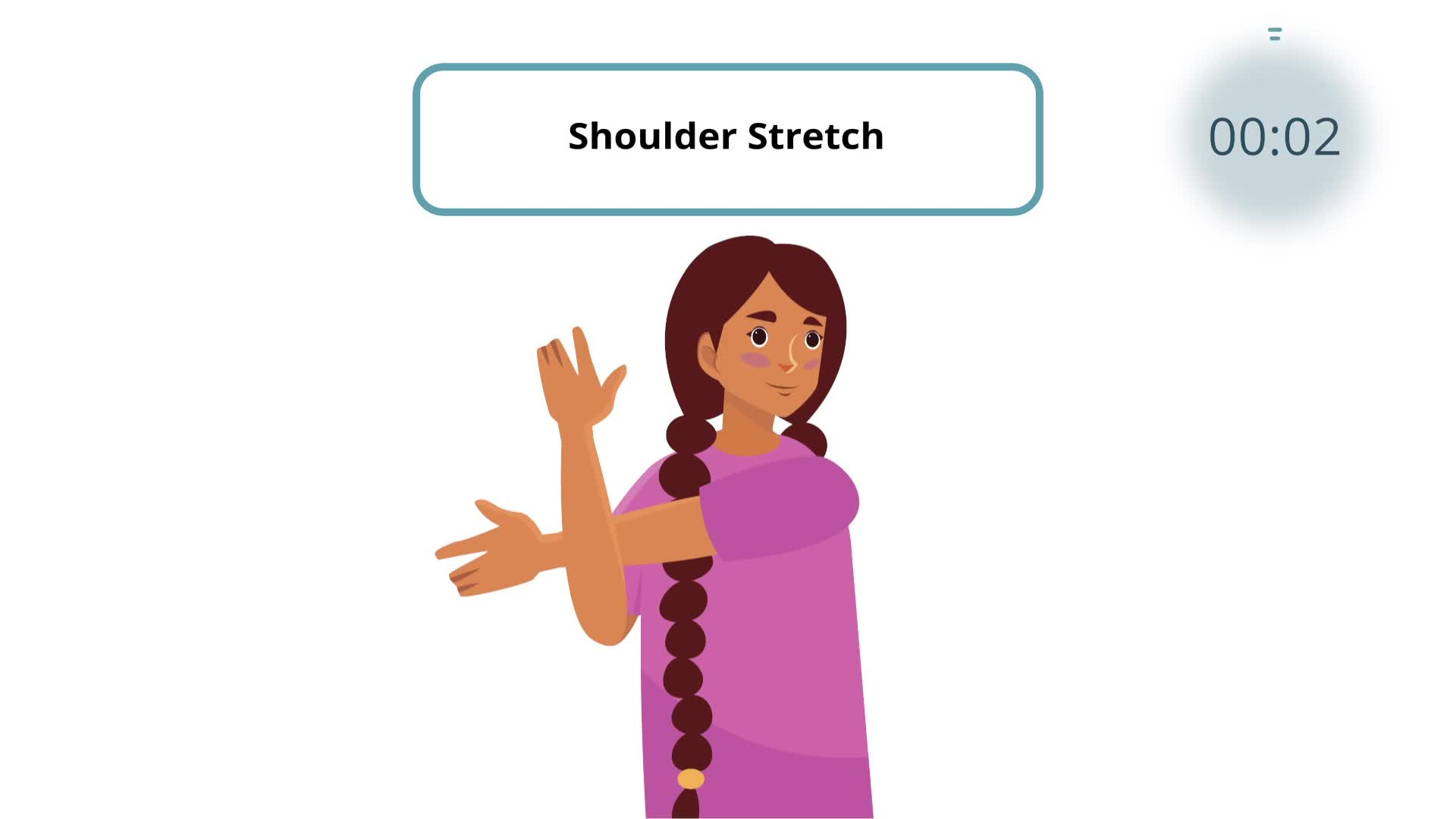As educators, we know the importance of incorporating Social-Emotional Learning (SEL) principles into our teaching strategies. One simple yet effective way to achieve this is by introducing stretching breaks in the classroom. In this blog post, we will discuss the benefits of stretching breaks for elementary students, present a no-prep activity, provide discussion questions, mention related skills, and guide you towards resources to further enhance your students’ SEL journey.
Introduction
Stretching breaks are short, focused activities designed to help students relax their bodies and minds during the school day. These breaks can be particularly beneficial for elementary students, as they promote self-awareness, self-regulation, and positive social interactions. By incorporating stretching breaks into your daily routine, you can create a more conducive learning environment and help your students develop essential SEL skills.
No-Prep Activity: The Star Stretch
Here’s a simple, no-prep activity you can use to introduce stretching breaks in your classroom:
- Ask students to stand up and find their own space, ensuring they are not too close to their neighbors.
- Instruct students to place their feet flat on the ground, shoulder-width apart, and extend their arms out to the sides.
- Guide students through three deep breaths in and out to help them relax their bodies.
- Next, have students stretch their arms up towards the sky, reaching as high as they can, while keeping their feet flat on the ground.
- Encourage students to hold the stretch for a few seconds, then slowly lower their arms back down to their sides.
- Repeat the stretch two more times, focusing on slow, controlled movements and deep breathing.
The Star Stretch is a quick and easy way to help students refocus their energy and calm their minds during the school day.
Discussion Questions
After completing the stretching break, engage your students in a conversation about their experience. Here are some discussion questions to get started:
- How did the stretching break make you feel? Did you notice any changes in your body or mind?
- Why do you think it’s important to take breaks during the school day?
- What other activities can we do during breaks to help us relax and refocus our energy?
- How can we use stretching breaks to improve our relationships with classmates?
- What are some ways we can incorporate stretching breaks into our daily routine?
Related Skills
Stretching breaks can be a valuable tool for developing several related SEL skills:
- Self-awareness: Students become more aware of their bodies and emotions through mindful stretching.
- Self-regulation: Stretching helps students learn to manage their energy levels and emotions more effectively.
- Social awareness: Participating in group stretching activities can foster empathy and understanding among classmates.
- Responsible decision-making: Students learn to recognize when they need a break and how to use stretching as a healthy coping strategy.
Next Steps
Now that you’ve learned about the benefits of stretching breaks and how to incorporate them into your classroom, it’s time to take the next step in your SEL journey. To access free sample materials and discover more SEL activities and resources, visit Everyday Speech’s sample materials. Sign up today and unlock the full potential of Social-Emotional Learning for your students!






